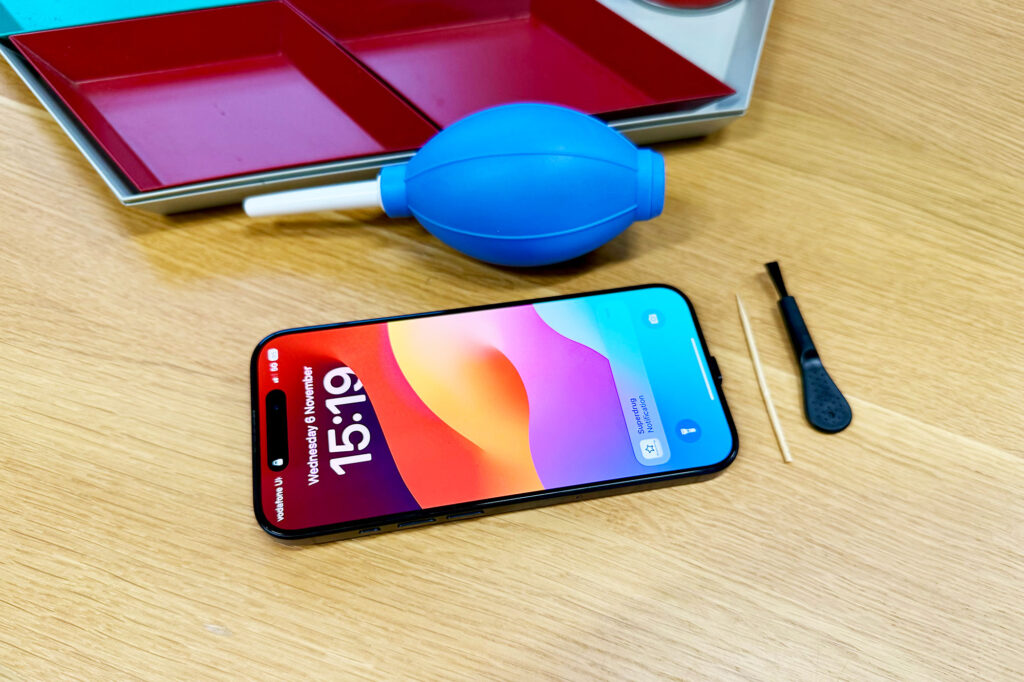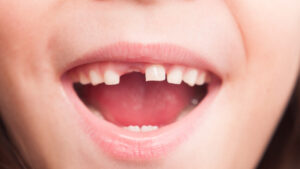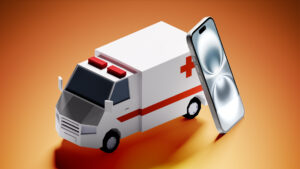How to clear dirt and fluff from iPhone’s charging port: Remove debris to make cable charging possible again

Why won’t my iPhone charge anymore? Many of us have been there, frantically wiggling the charging cable to try to get the charging icon on our phone screen.
If your iPhone stops charging properly when you connect a cable, the likely reason is fluff, dust or debris stuck in your phone’s charging port. This stuff stops the cable from properly connecting with your phone’s charging components. You might notice that the charging cable isn’t fitting in the port as well as it used to. Remove the junk and your phone should charge as you expect it to.
Below we show you how to remove this fluff and more importantly we can also show you how to stop dirt getting in the charging port in the first place.
Don’t feel dirty. Dust and debris in the phone’s charging port is almost inevitable as few of us live in a white-gloved laboratory environment. The phone is stuffed in a pocket or bag, which all of us know are absolute dust and dirt repositories.
These tips should work for your iPad and even MacBook. Any device with a port is prone to attracting dirt into places you’d rather it didn’t get into.
I’ve had to make three visits to an Apple Store to enquire why my iPhone isn’t charging via its cable. After the first time, I had strong suspicions that it was debris inside the port, but despite my best efforts I could not locate and remove it.
The Apple Genius Support people took my phone away and inspected it under their special microscope. Spotting the fluff under many magnifications they removed it with what I presume must have been some Apple tweezers and returned the now working phone to me with a slightly censorious look as if I was too rough to keep trouser fluff from entering their lovely device.
These tips should work with either a Lightning port (iPhone 5 to iPhone 14) or USB-C (iPhone 15 and later).
Simon Jary / Foundry
How to remove fluff from an iPhone port
Giving the iPhone’s charging port a gentle clean to remove any fluff or dirt inside sounds easy, but, as my experience shows, that stuff can get tightly lodged in there and it’s mostly impossible to see without one of Apple’s microscopes.
My first advice is to be careful. You do not want to damage anything inside the phone’s port for obvious reasons. But it’s likely you can sort out the problem yourself.
The tools you need are basic: a wooden toothpick and something to blow floating dust out. You should have these basics to hand for all your tech cleaning. Compressed air and a light soft-bristled brush are great tools for cleaning your keyboard, for example.
Step 1: First use your flashlight or torch to inspect the port. Don’t expect to see much but you might see something that you can pull out quite easily.
Step 2: Blowing the fluff out should be the next action you take as that should be less risky for the phone’s inner mechanisms. Our aim here is to dislodge any dirt or dust and free looser particles that have got inside the phone port. If it doesn’t come out with the blast of air, it should be easier to remove with the toothpick.
We use a hand-pumping air blower to gently blow out the dirt. The Medsuo Air Blower comes with its own soft brush for further clearing action after the blowing is done.
Of course, you can just use your mouth to blow out the dust as a first attempt but try to make your mouth as dry as possible beforehand—we don’t want spittle getting involved, which might just make that fluff even more difficult to remove.
You can use a more powerful blower by employing a compressed air can. Note that Apple doesn’t recommend using this level of cleaning but if you can’t shift that dirt it may be your last resort—except of course for taking your phone down to the local Apple Store. The fear is that a powerful blast of compressed air could blow that dirt further into the phone, but that area is sealed so this shouldn’t be the case.
However, plenty of Internet experts suggest using compressed air so we suspect that Apple is being over cautious.
Take it as advice to be cautious yourself to avoid damaging your phone. Don’t spray the air too close to the port—aim for at least an inch away from the port—and use short bursts. I don’t want to scare you off this course of action, only to be wary of too rough treatment.
Step 3: Once you’ve blown as much air into the port as you dare, try the charging cable to see if you’ve done all that’s necessary. And check with your flashlight again.
Simon Jary / Foundry
Step 4: If it’s still not charging properly without wiggling the cable around, take the toothpick and very carefully stroke both the upper and lower walls of the port while avoiding touching the inner sides as much as possible. If your iPhone is the iPhone 15 or later, make sure to avoid the more vulnerable central part of the USB-C port.
You will almost certainly start pulling out clumps of fluff and dirt that weren’t expelled by the air.
Don’t use a cotton swab or bud as you can just as easily transfer.
Keep going (carefully) until the fluff is gone and charging returns to normal.
If you’ve done everything you can, it’s maybe time to visit the Apple Store experts.
You can save yourself all this bother is no dirt gets into the phone’s charging port in the first place. Read our helpful article How to stop dirt getting into the iPhone charging port for a simple trick that will mean you should never have to blow or toothpick dirt from your phone again.




